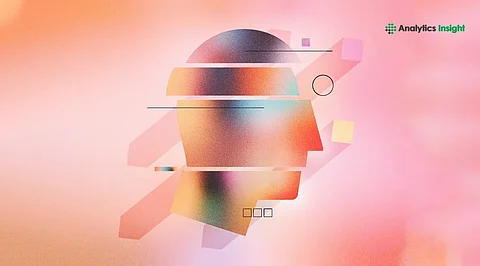

Research and development in new technologies for migration management are rapidly increasing. To quote certain migration examples, big data was used to predict population movements in the Mediterranean, AI lie detectors used at the European border, and the recent one is the government of Canada using automated decision-making in immigration and refugee applications. Artificial intelligence in migration is helping countries to manage international migration.
Every corner of the world is encountering an unprecedented number of challenging migration crises. As an increasing number of people are interacting with immigration and refugee determination systems, nations are taking a stab at artificial intelligence. AI in global immigration is helping countries to automate a plethora of decisions that are made almost daily as people want to cross borders and look for new homes.
AI projects in migration management can help in predicting the next migration crisis with better accuracy. Artificial intelligence can predict the movements of people migrating by taking into account different types of data such as WiFi positioning, Google Trends, etc. This data can further help the nations and government to be prepared more efficiently for mass migration. Governments can use AI algorithms to examine huge datasets and look for potential gaps in their reception facilities such as the absence of appropriate places for people or vulnerable unaccompanied children.
Recognizing such gaps can allow the government to alter their reception conditions as well as be prepared to comply with their legal obligations under international human rights law (IHRL).
AI applications can also help in changing the lives of asylum seekers and refugees. AI machine learning and optimized algorithms are helping in improving refugee integration. Annie MOORE (Matching Outcome Optimization for Refugee Empowerment) is one such project that matches refugees to communities where they can find the resources and environment as per their preferences and needs.
Asylum seekers or refugees most of the time lack access to lawyers and legal advice. A UK-based chatbot DoNotPay provides free legal advice to asylum seekers using intelligent algorithms. It also provides personalized legal support, which includes help through the UK asylum application process.
AI tech is not just helpful to the government but also to international organisations taking care of international migration. Some organizations are already leveraging machine learning in association with biometric technology. IOM has introduced the Big Data for Migration Alliance project, which intends to use different technologies in international migration.
Since 2002, the UNHCR has been leveraging different technologies for case management by developing the IT case management tool Profile Global Registration System (proGres). Since then, the UNHCR has been using biometric technology for refugee registration and provision of aid in camps.
However, while nations are curious to explore artificial intelligence and different technologies, they tend to ignore the real impacts on human lives and its implications on human rights. These technologies for migration issues are largely unregulated, notoriously opaque, with little to zero accountability.
Algorithms are eventually developed by humans. Hence, chances are very high that they can make mistakes. 7,000 students were unfairly deported from the UK just because of a poor algorithm. The algorithm wrongfully charged them for cheating on a language test. In June 2018, US Immigration and Customs Enforcement (ICE) was accused of using an algorithm that recommended the detention of migrants to comply with the policies on the US-Mexico border.
Not to forget, refugee and immigration claims are quite complex and filled with nuances. Automated technologies or AI algorithms can cause breaches of protected human rights due to process and procedural fairness issues, bias, discrimination, etc.
How can we know if the refugees will get fair treatment when an automated decision-making system is being used? Thus, in migration and refugee claims, automated systems can cause life-and-death implications for normal people, who are feeling for their lives.
In this scenario, it is important that developers, government, other parties involved, should ensure that creating cutting-edge technologies in migration should not violate human rights. Many private organizations are also setting codes of conduct and technical standards to mitigate the challenges of AI and other technologies.
While artificial intelligence can enhance innovation, bring down costs, and create more effective systems for migration management, it is likewise crucial to ensure that such developments are done within the ethical and legal frameworks. Governments and other entities should create systems and enable tech systems that are more profitable, equitable, and transparent.
Join our WhatsApp Channel to get the latest news, exclusives and videos on WhatsApp
_____________
Disclaimer: Analytics Insight does not provide financial advice or guidance. Also note that the cryptocurrencies mentioned/listed on the website could potentially be scams, i.e. designed to induce you to invest financial resources that may be lost forever and not be recoverable once investments are made. You are responsible for conducting your own research (DYOR) before making any investments. Read more here.
